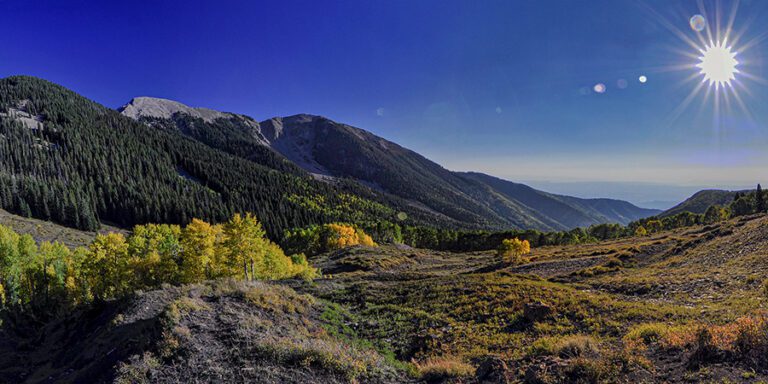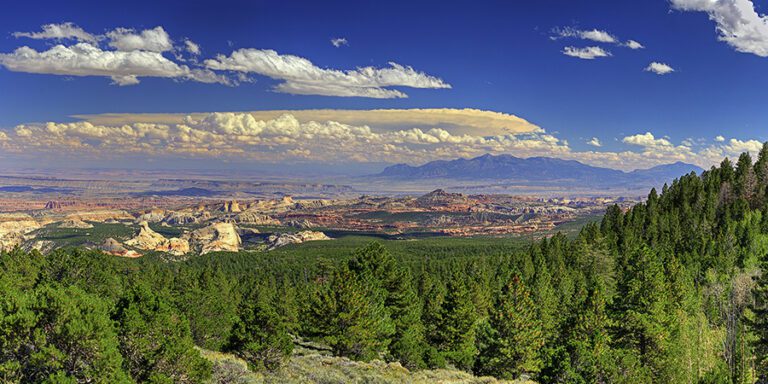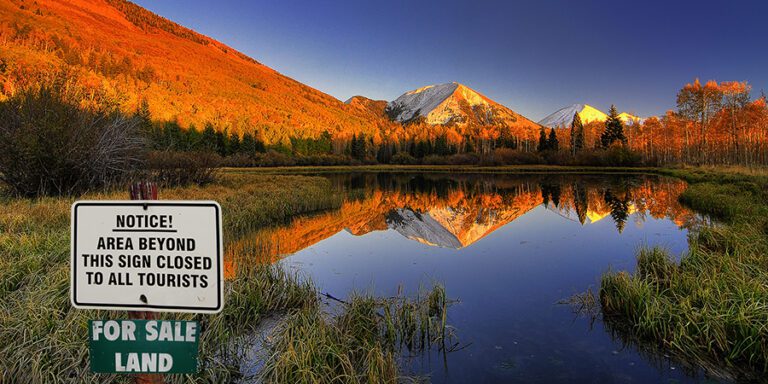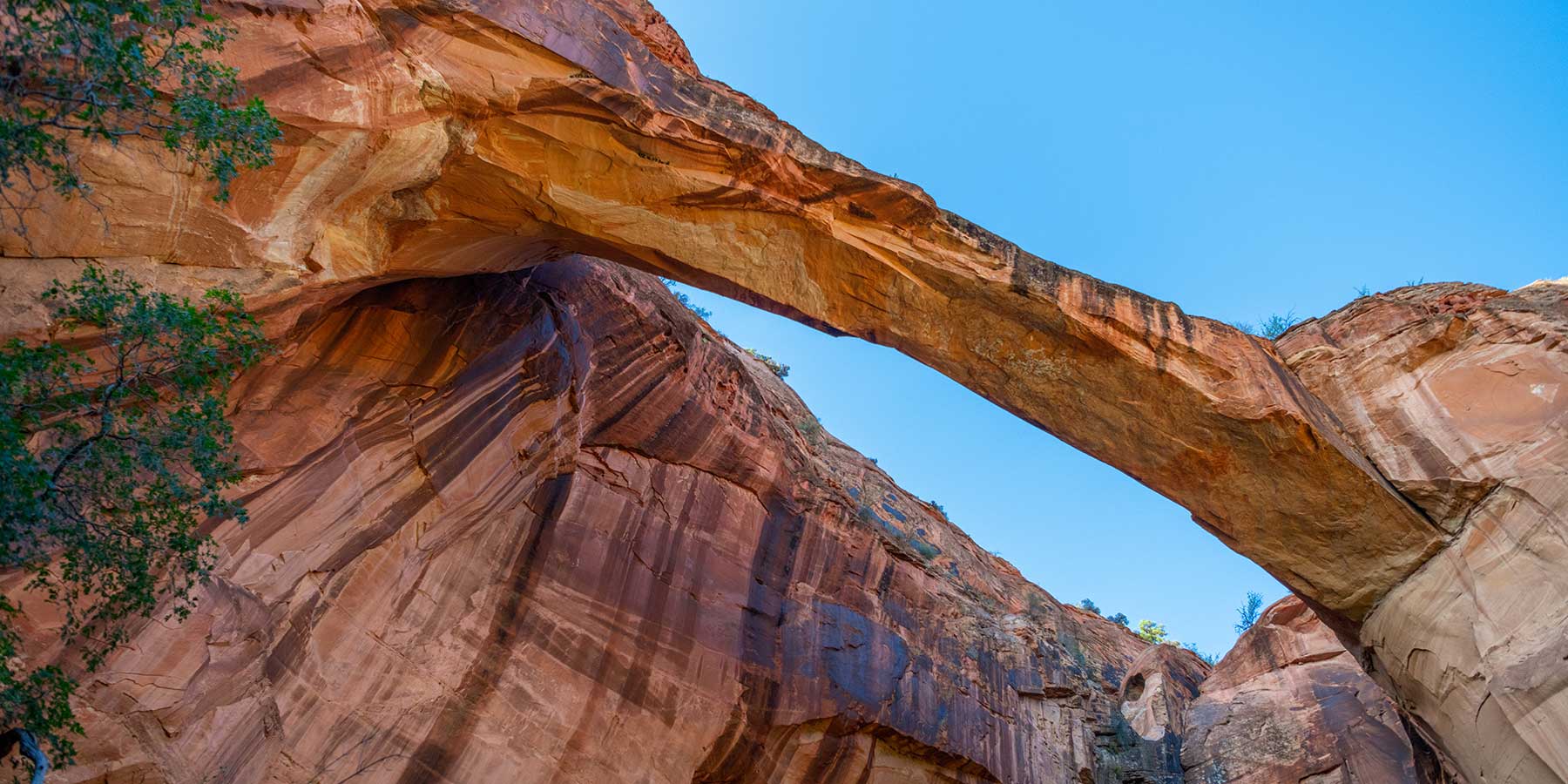
Grand Staircase-Escalante National Monument
Protecting canyons, fossils, cultural history, rare species, and precious waters in southern Utah
Grand Staircase-Escalante National Monument’s geology, archaeology, and history span millennia.
Its sculpted canyons, hidden arches, and colorful cliffs hold stories of our planet’s past, while deep human history traces its contours.
Today Grand Staircase-Escalante remains a living cultural landscape for many tribes, a place of scientific study for researchers, and a refuge for plants and animals.
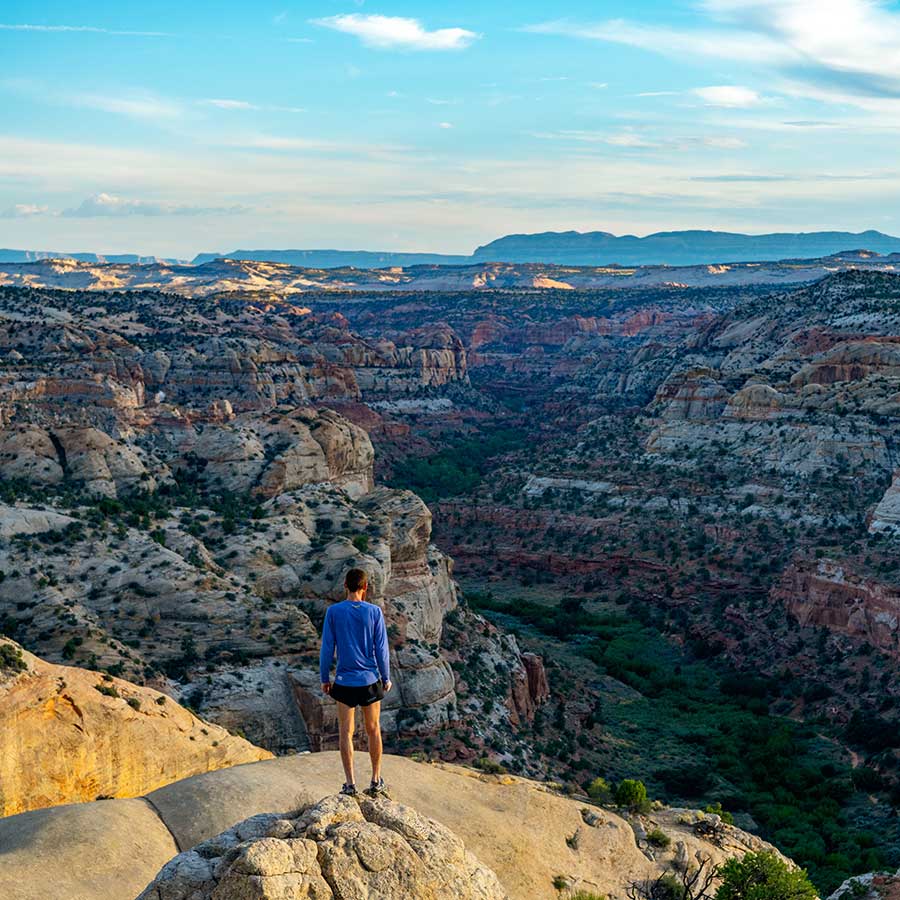
About Grand Staircase-Escalante national monument
The science monument
Since its designation in 1996, Grand Staircase-Escalante National Monument has served as an outdoor laboratory with a unique mission of conducting science, research, and education to protect, conserve, and restore these vast landscapes.
Scientists have unearthed new dinosaur species, inventoried hundreds of bees and rare plants, and surveyed archaeological sites and rock writings. Even more scientific findings await.
What does Grand Staircase-Escalante protect?
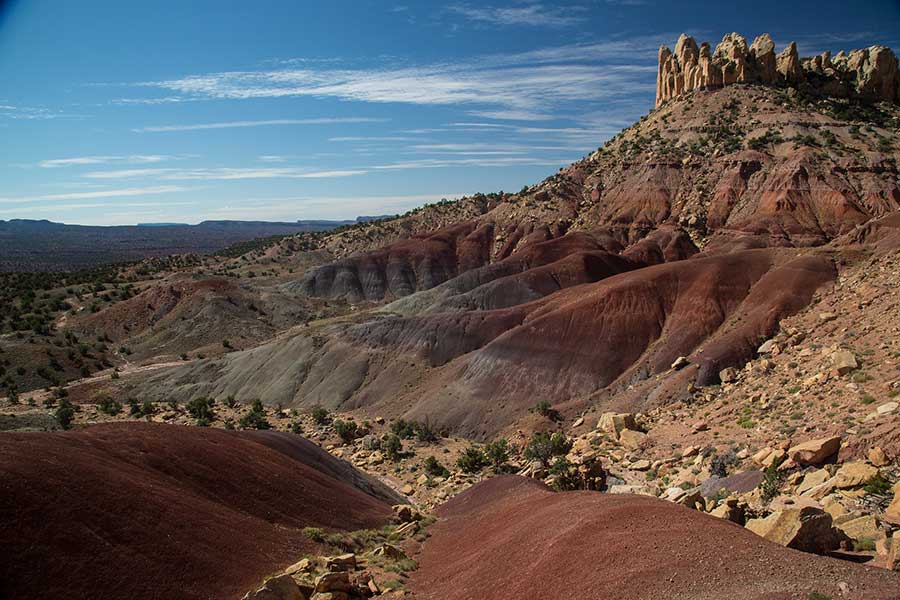
Fossils
Grand Staircase-Escalante’s library of fossils includes turtles, crocodiles, lizards, dinosaurs, and more.
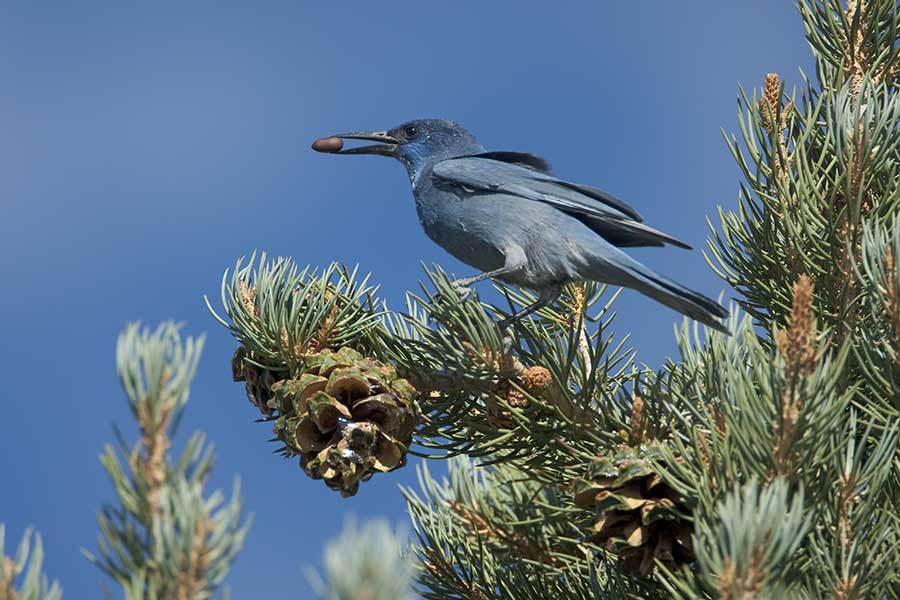
Birds
Over 200 bird species call the Grand Staircase-Escalante region home. See some of the rare birds.
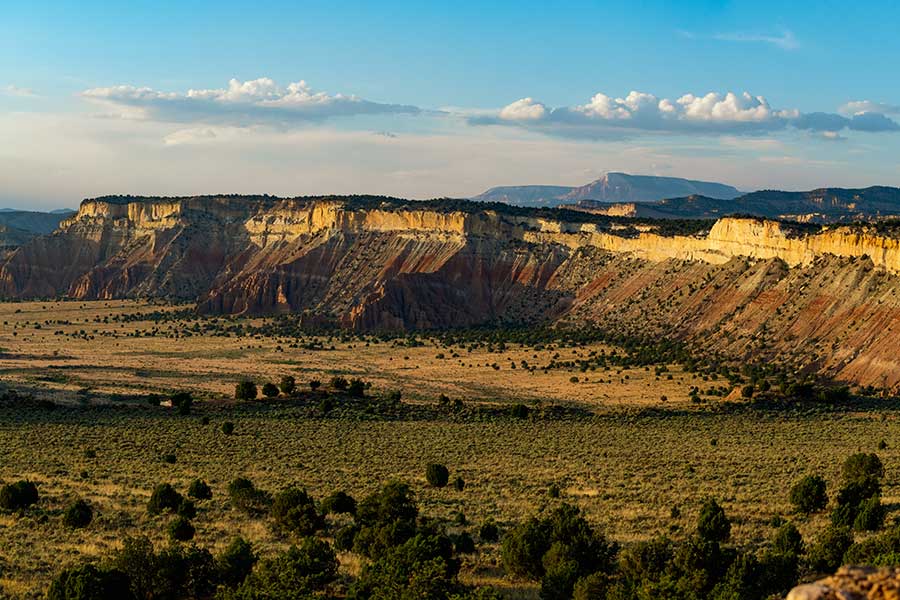
Geology
Learn about the stepped rock layers that make up the namesake Grand Staircase.
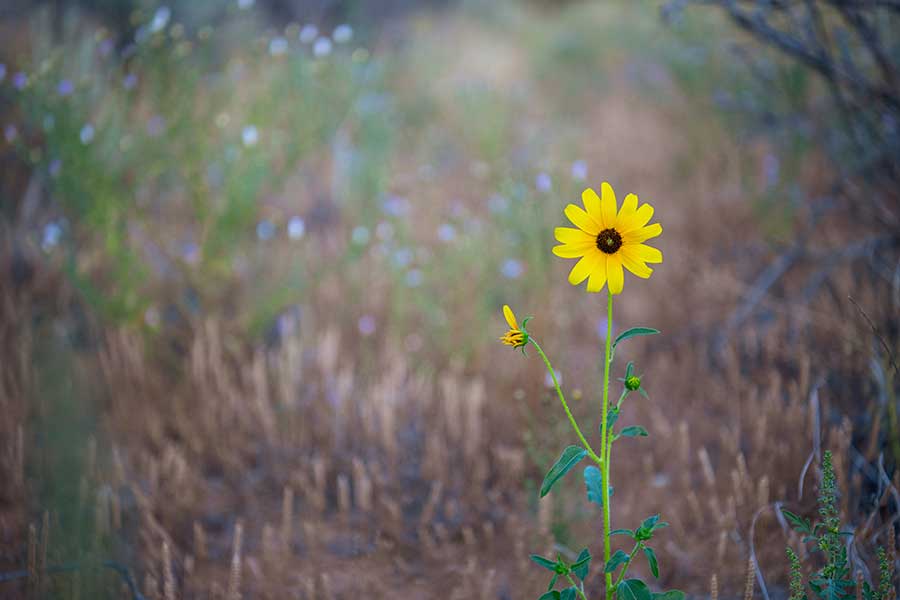
Wildflowers
There are over 1,000+ plant species in the monument, and most are wildflowers.
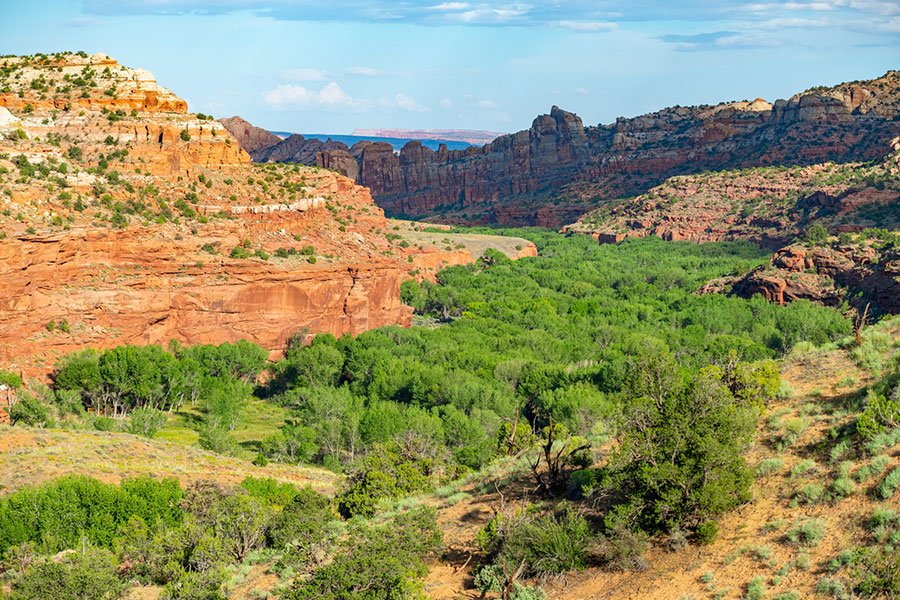
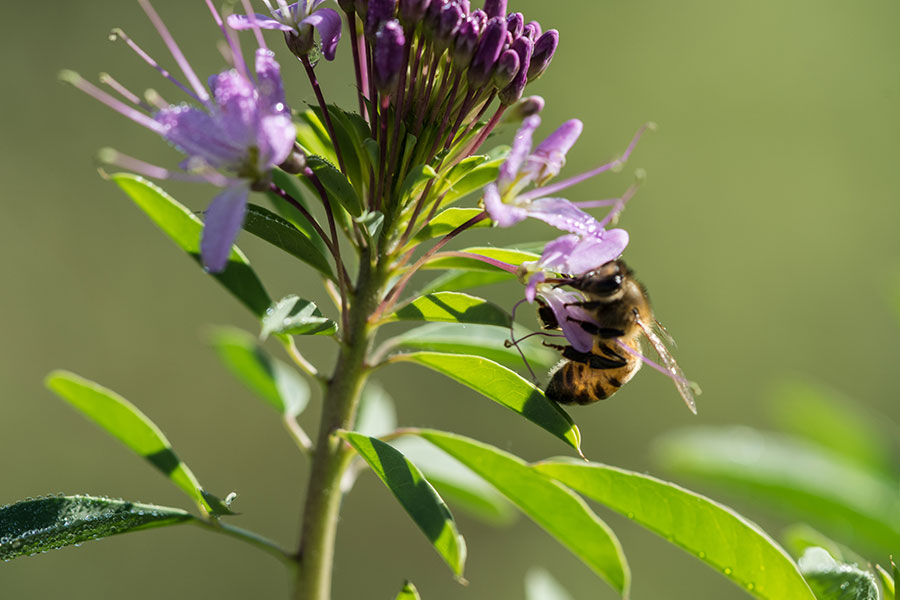
Bees
Grand Staircase is a hotspot for bee diversity. There are over 660 species buzzing around the monument.
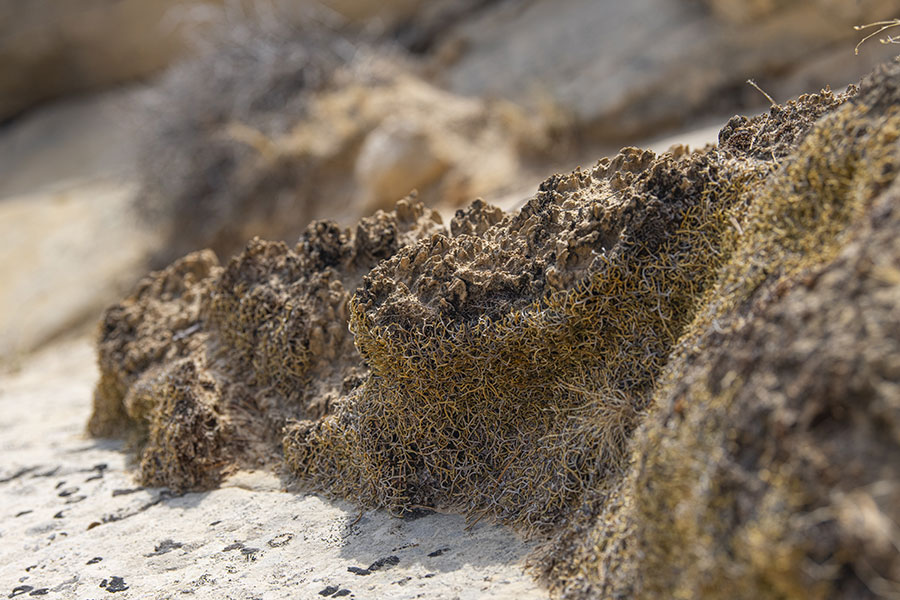
Soil crusts
Living skins of lichen, moss, and cyanobacteria grow slowly and help prevent erosion.
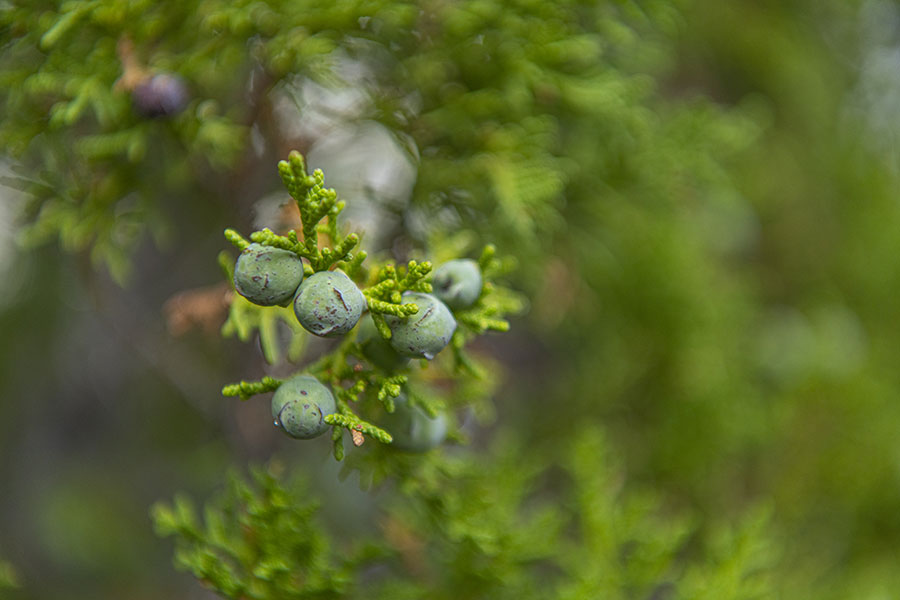
Old-growth
Pinyon and juniper forests in the monument contain trees as old as 1,400 years.
Americans love national monuments and their public lands
When it comes to national monuments, voters are united. Americans want these lands protected for future generations.
I care about Grand Staircase-Escalante National Monument
Our work
30 years of stewardship and advocacy in Grand Staircase-Escalante National Monument
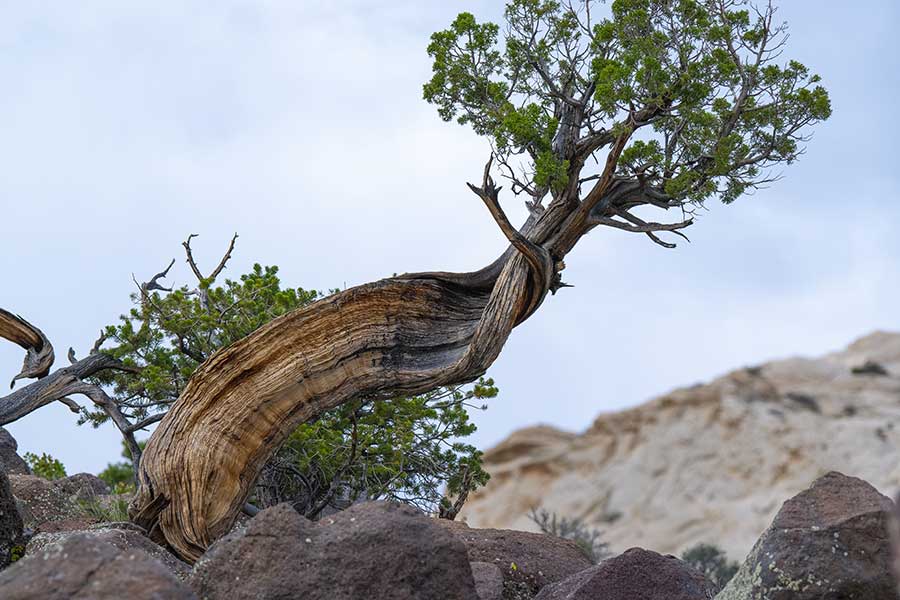
We protect old-growth forests
Large swaths of pinyon and juniper trees in the monument are at risk of being uprooted, toppled, clear-cut, and shredded. We work to stop destructive pinyon and juniper removal projects.
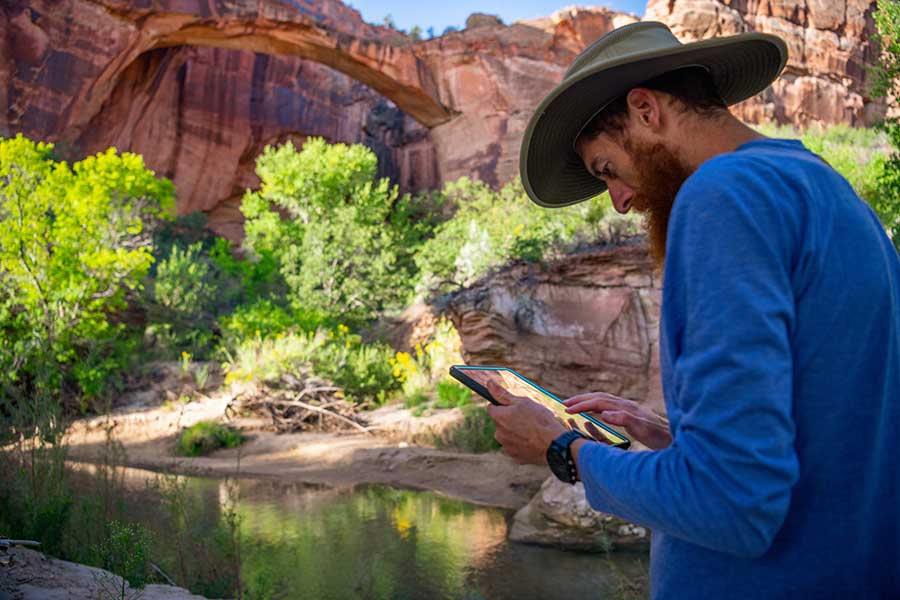
We advocate for less grazing
Cattle roam across 96% of the monument, with big impacts on the land. We advocate for better management of livestock grazing and have worked to retire grazing permits along the Escalante River.
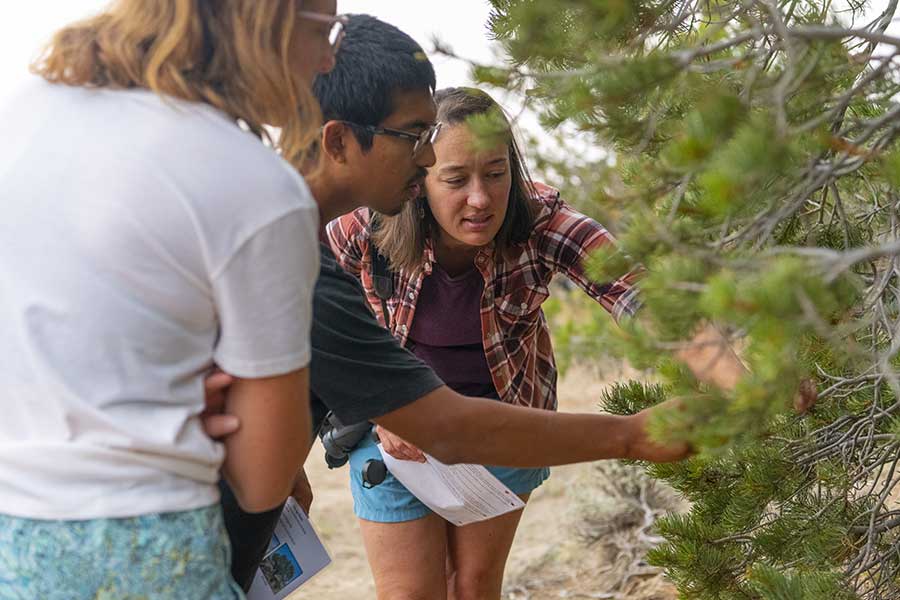
We restore habitats
From spring surveys, to pinyon jay monitoring, we bring volunteers out to Grand Staircase-Escalante to study its plants, animals, and habitats, and advocate for their protection.
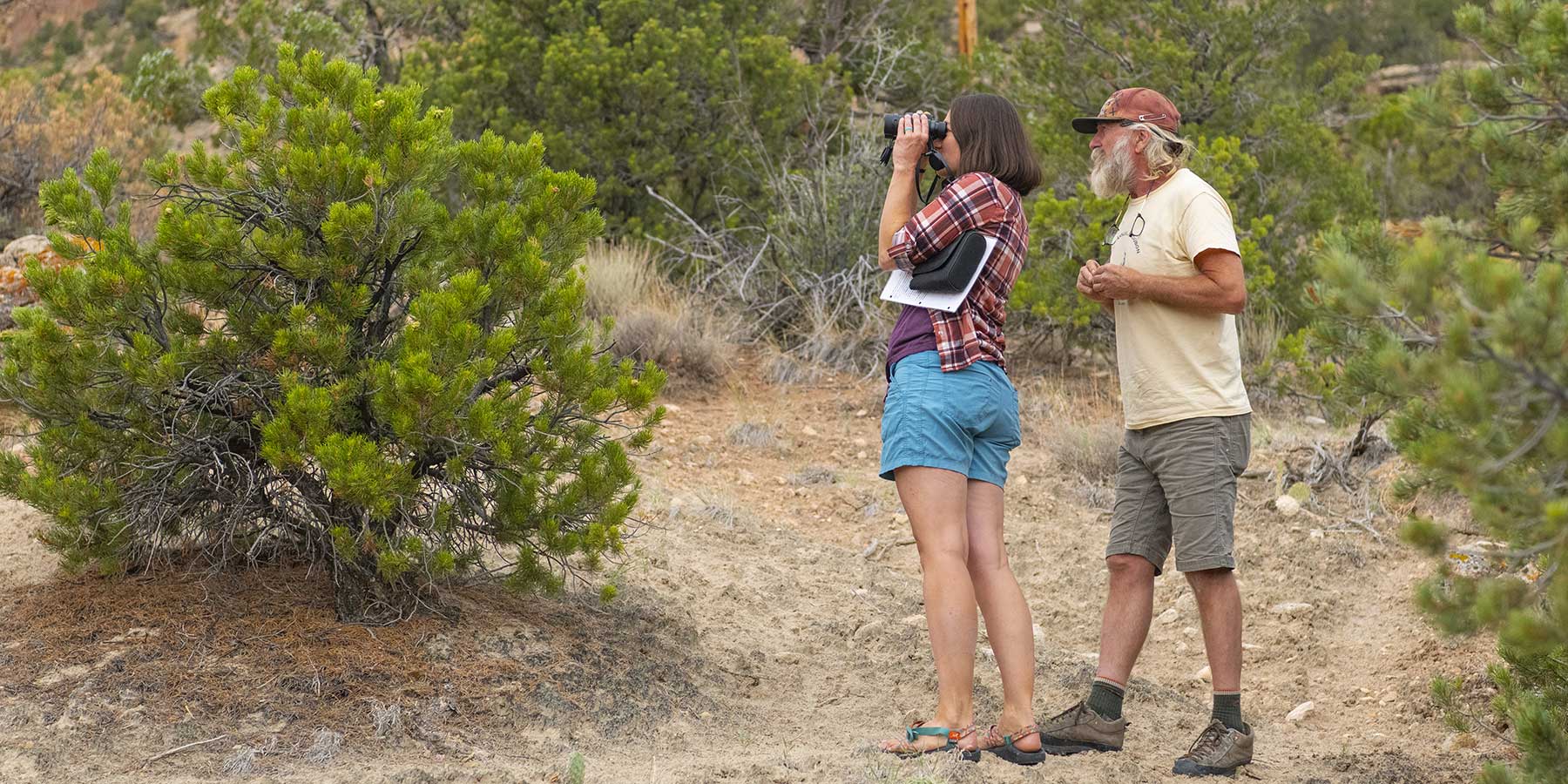
Grab your binoculars
We need volunteers to gather information about pinyon jays in Grand Staircase-Escalante National Monument and beyond. Complete the online training and head out on your own.
National monument designations are permanent
Nevertheless, unlawful attempts to shrink the boundaries of national monuments continue.
Here’s how this has played out in Grand Staircase-Escalante National Monument.
President Clinton protects 1.7 million acres of public lands in southern Utah as Grand Staircase-Escalante National Monument.
President Trump unlawfully slashes the boundaries of Grand Staircase-Escalante by 47%, cutting it into three smaller pieces.
President Biden signs a new proclamation restoring the original boundaries of Grand Staircase-Escalante National Monument.
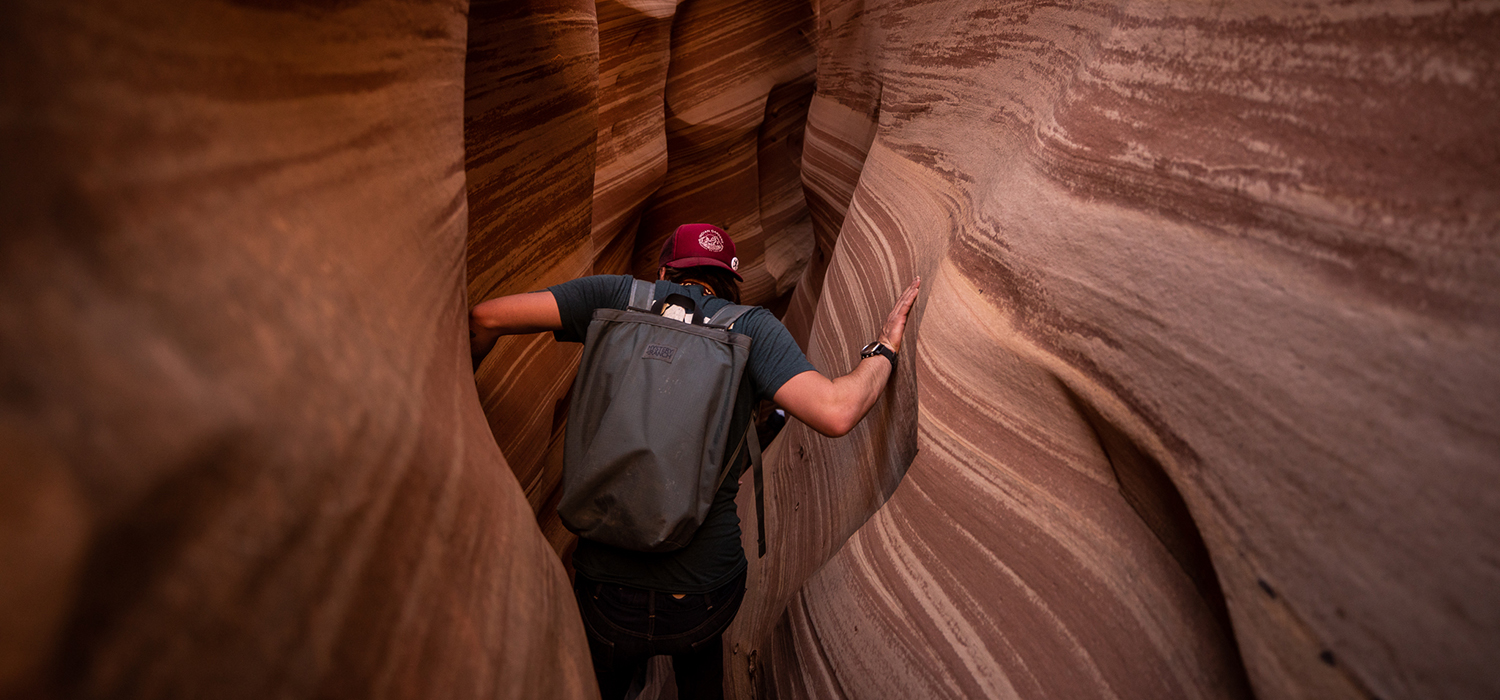
Experience Grand Staircase-Escalante
Whether you squeeze through narrow slot canyons, traverse across slickrock, or float down the Escalante River, you’ll quickly see why Grand Staircase-Escalante deserves protection.
National monuments blog
